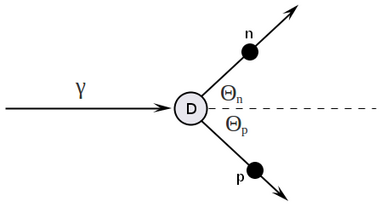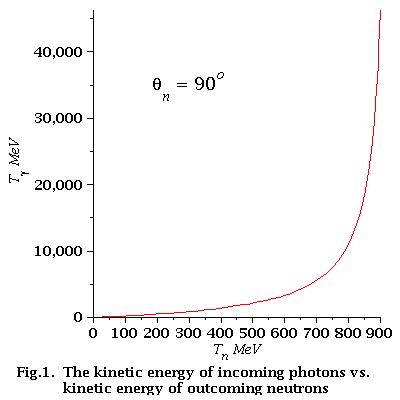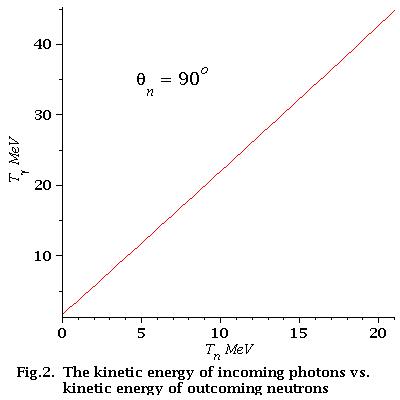Difference between revisions of "Neutron Polarimeter"
Jump to navigation
Jump to search
| Line 69: | Line 69: | ||
===example 2=== | ===example 2=== | ||
| − | Say, we have | + | Say, we have, 1 meter away detector with 1 ns time of flight neutron uncertainly |
| − | |||
| − | |||
| − | we | + | The main problem here we the relativistic formula between neutron kinetic energy of neutron and time of flight |
| − | + | After some relativistic algebra we can derive: | |
| − | + | ||
| − | + | [[File:formula1.png]] | |
| − | |||
| − | |||
[http://wiki.iac.isu.edu/index.php/PhotoFission_with_Polarized_Photons_from_HRRL Go Back] | [http://wiki.iac.isu.edu/index.php/PhotoFission_with_Polarized_Photons_from_HRRL Go Back] | ||
Revision as of 21:12, 16 June 2010
Analysis of energy dependence
four-vectors algebra
writing four-vectors:
Doing four-vector algebra:
Detector is located at , so
and visa versa
how it looks
low energy approximation
As we can see from Fig.2 for low energy neutrons (0-21 MeV)
energy dependence of incident photons is linear
Find that dependence. We have:
So, the equation of the line is:
Finally for low energy neutrons (0-21 MeV):
example of error analysis
example 1
Say, we have, 10 MeV neutron with uncertainty 1 MeV, the corresponding uncertainly for photons energy is:
example 2
Say, we have, 1 meter away detector with 1 ns time of flight neutron uncertainly
The main problem here we the relativistic formula between neutron kinetic energy of neutron and time of flight
After some relativistic algebra we can derive:



